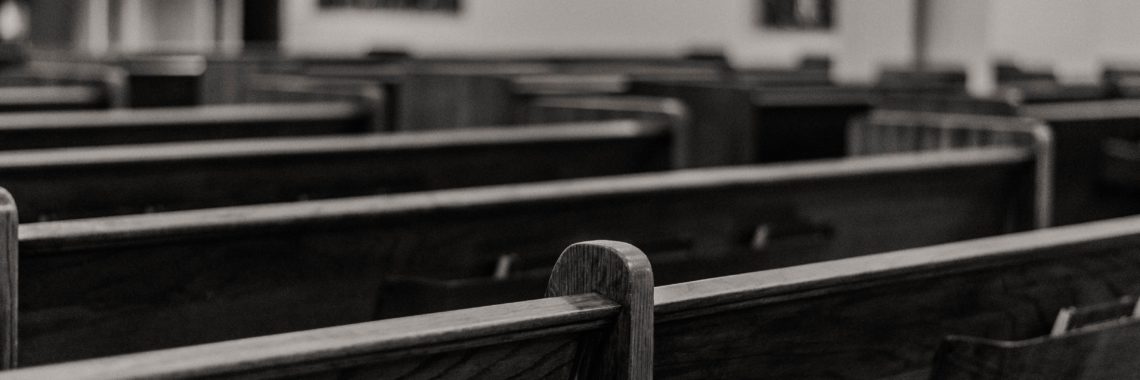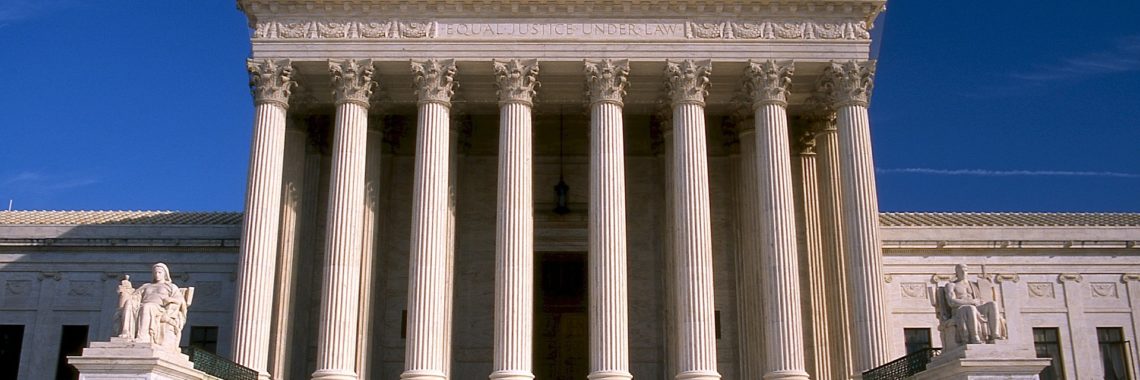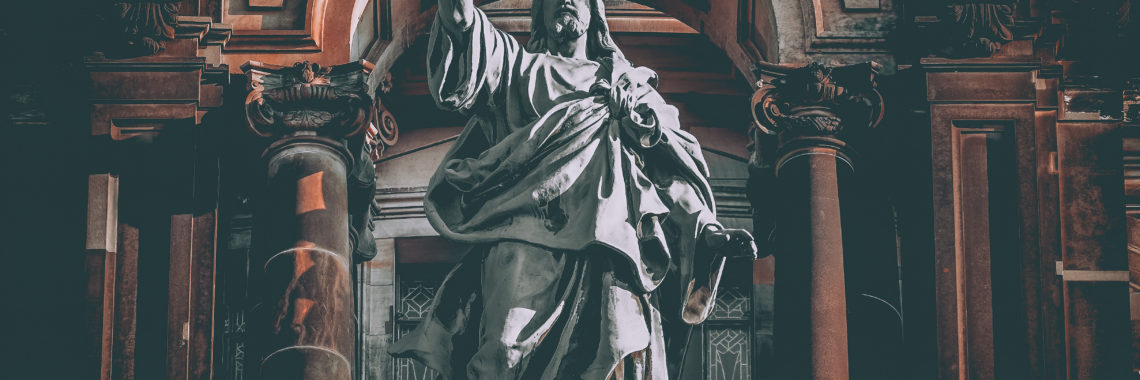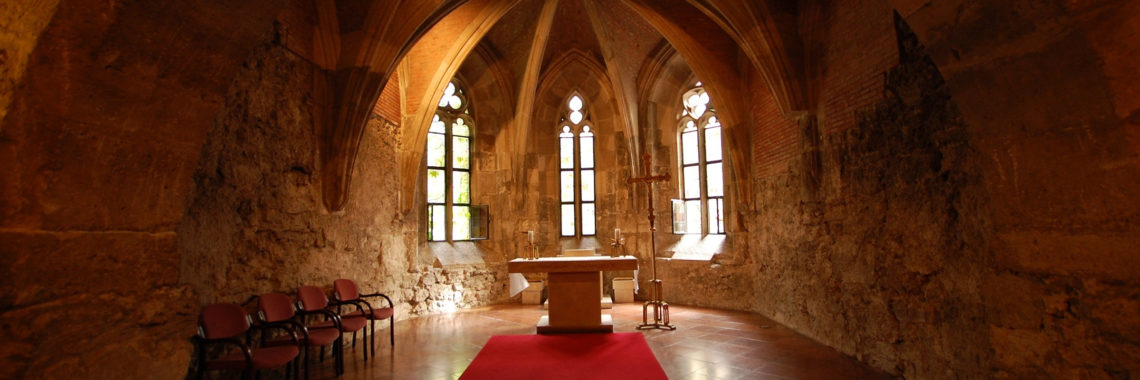“Two Tracks for Twelve Steps: Rehabilitation and Religious Liberty in Criminal Sentencing” by Matthew P. Cavedon
Image adapted from Wikicommons by DhLeaks44 / CC BY-SA 4.0 Two Tracks for Twelve Steps: Rehabilitation and Religious Liberty in Criminal Sentencing Matthew P. Cavedon Right before Christmas 2019, a Canadian man won a settlement after his bosses made him attend Alcoholics Anonymous. Why? The man is an atheist, while the world-famous recovery program’s twelve steps require participants…











